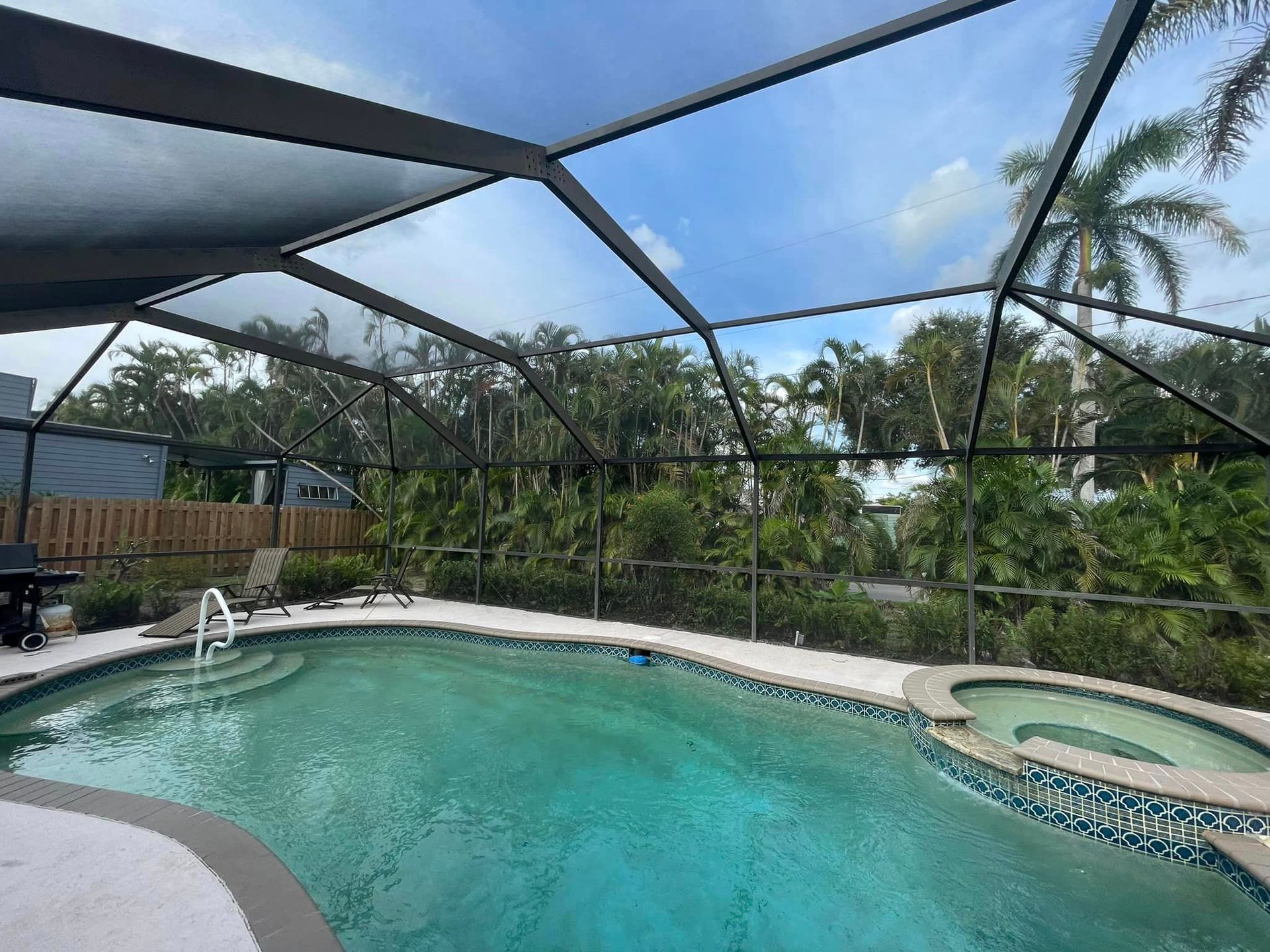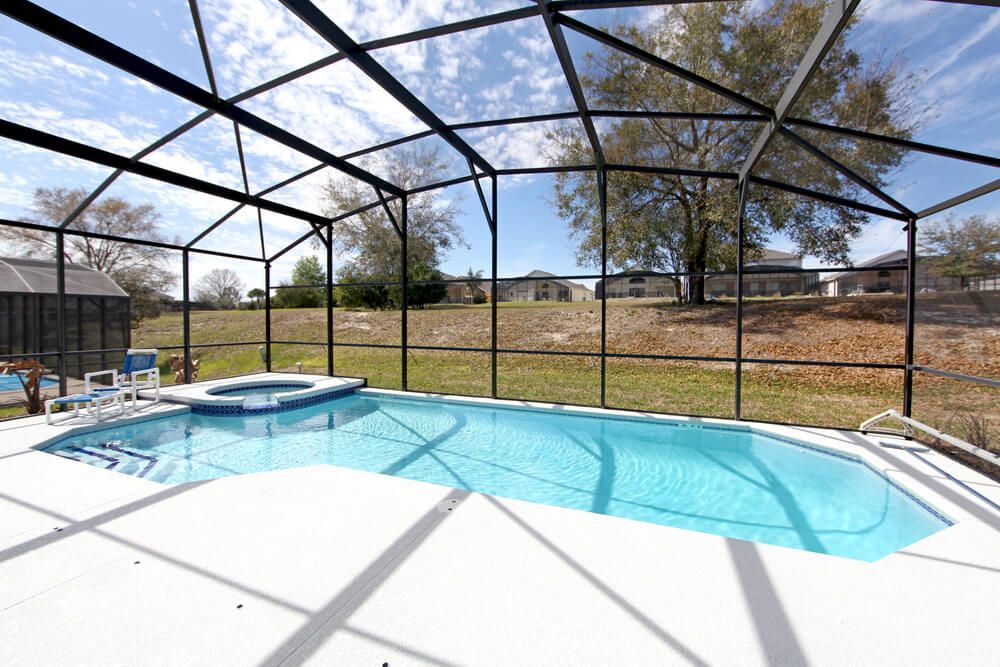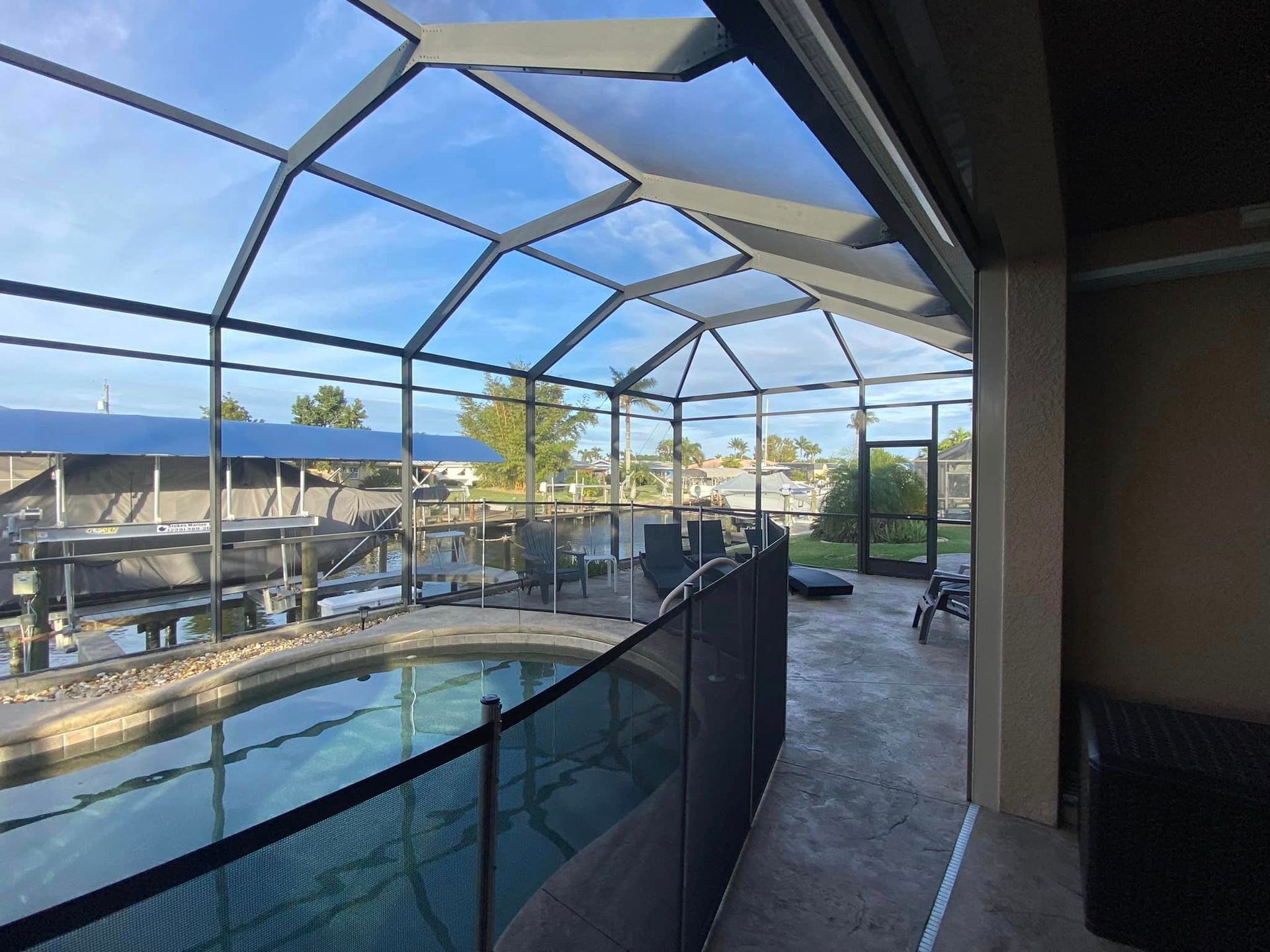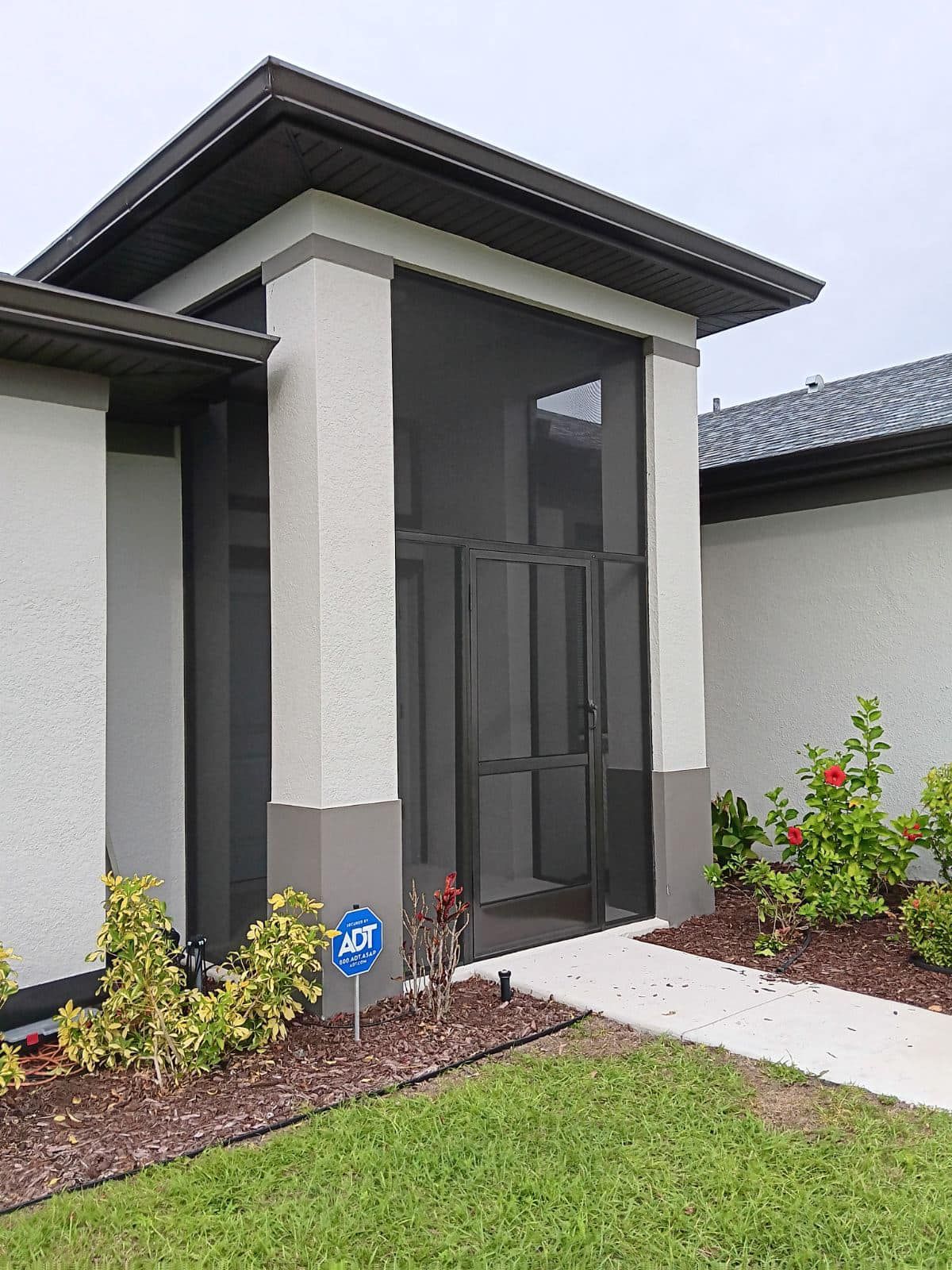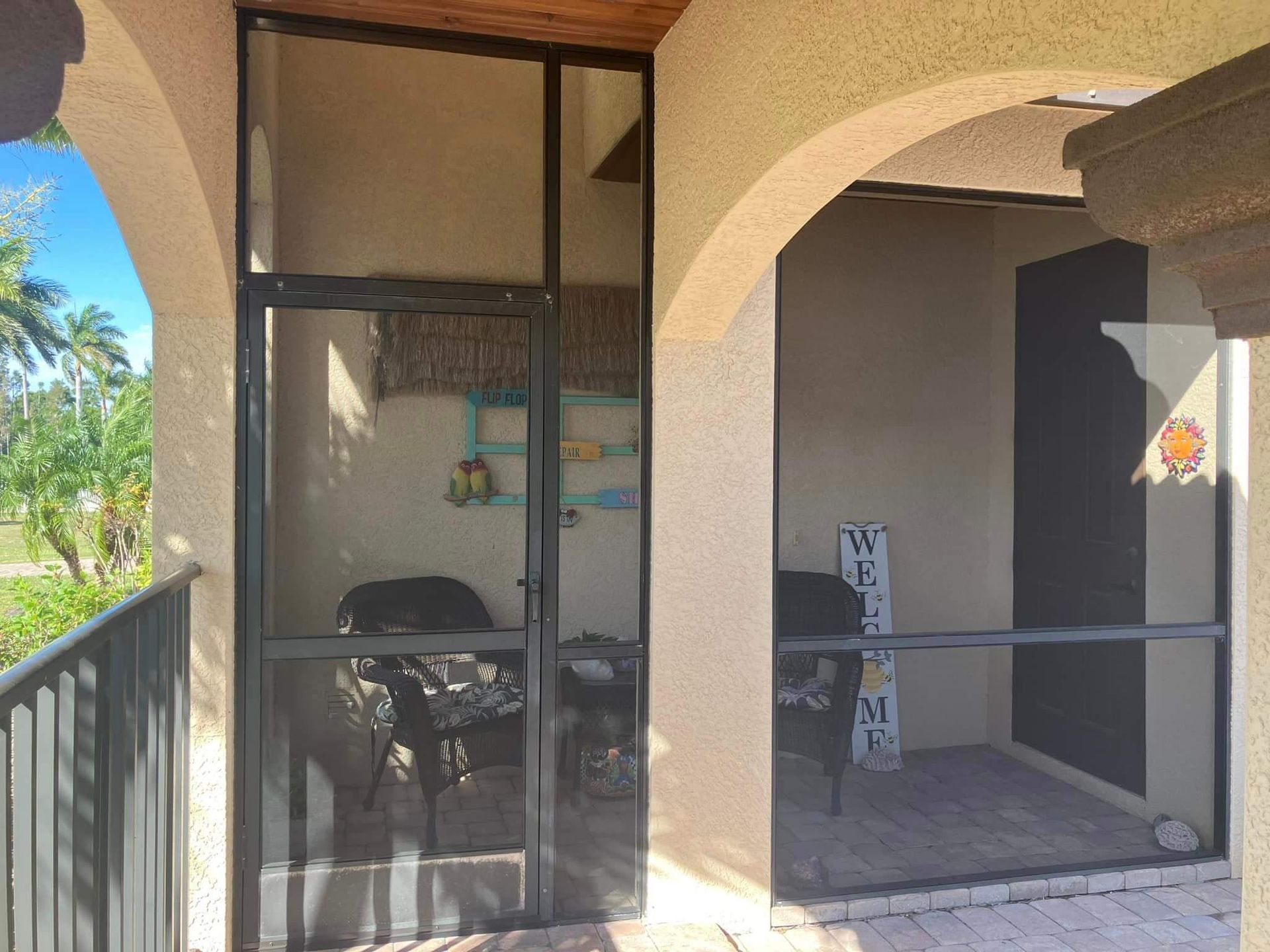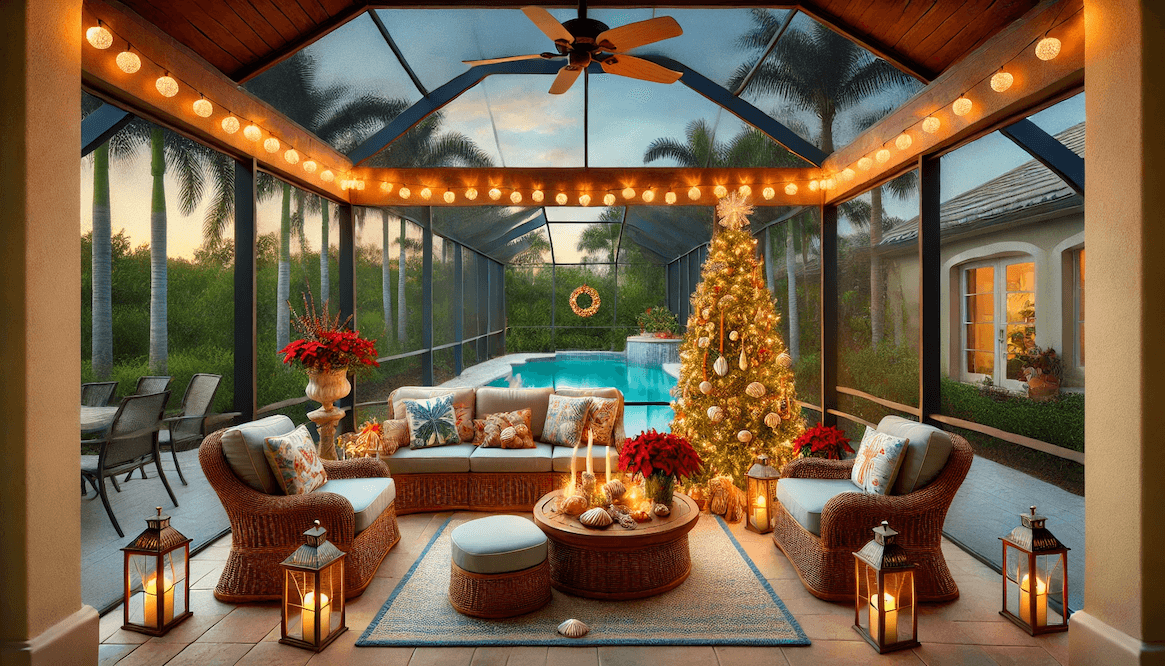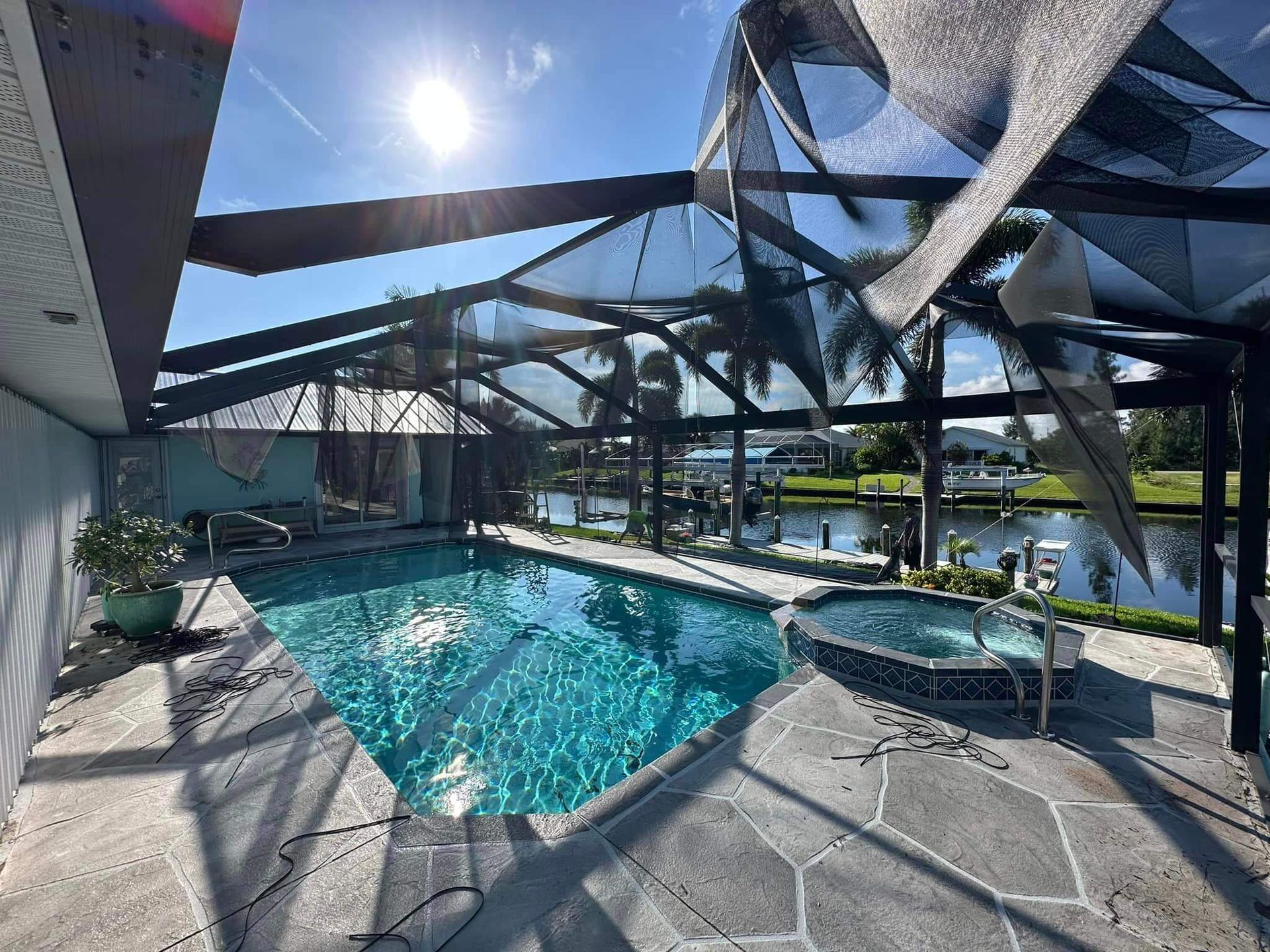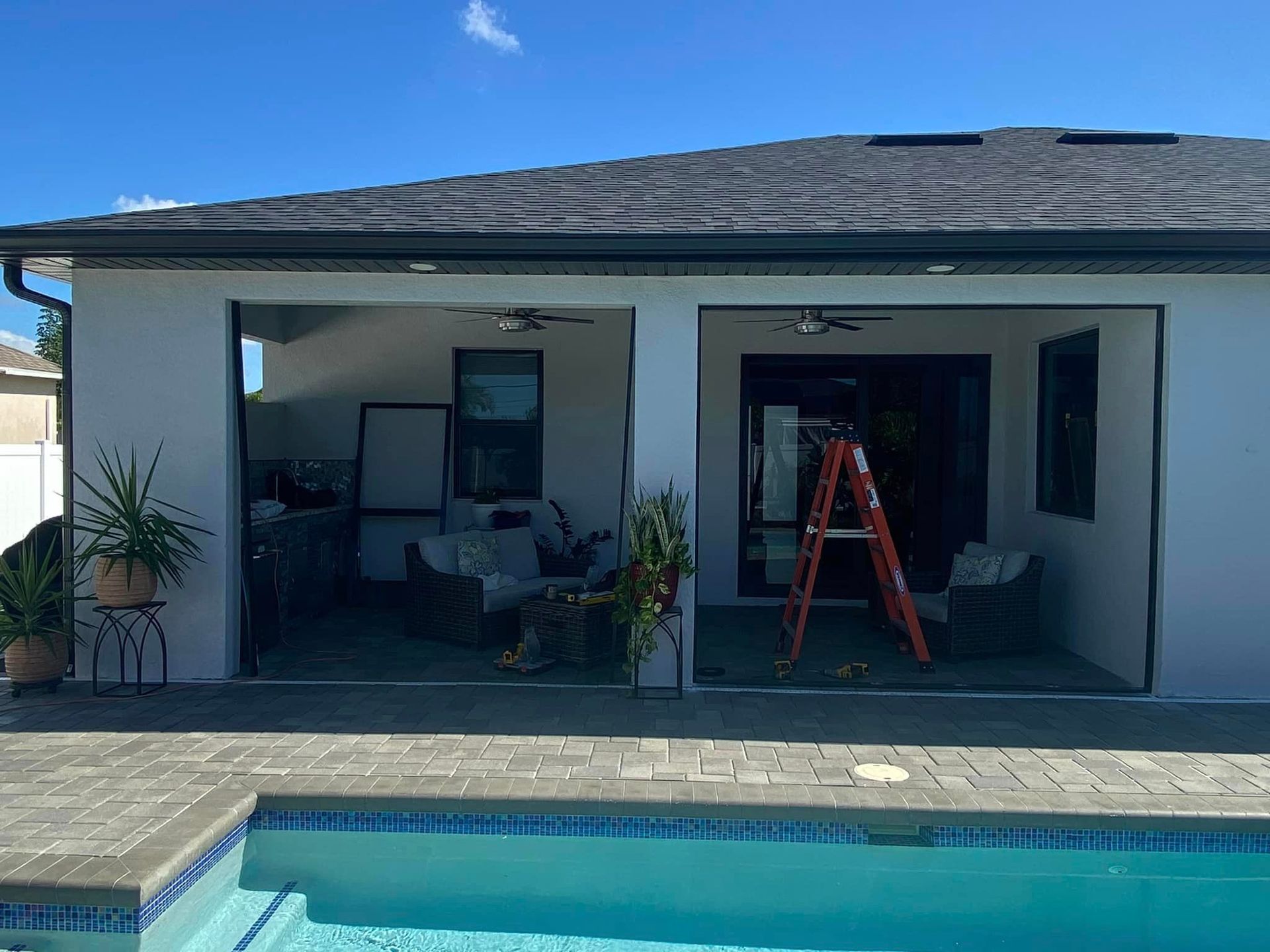How Long Does Your Pool, Lanai, and Entryway Screen Material Last? A Comprehensive Guide
Understanding the Lifespan of Different Screening Materials
When it comes to enhancing our homes, particularly in areas like pools, lanais, and entryways, screens play a pivotal role in both functionality and aesthetics. They provide protection from insects, debris, and even harsh sunlight, making outdoor spaces more enjoyable. However, a common question among homeowners is: "How long does the screening material last?" Understanding the durability and lifespan of different materials is essential for making a long-term, cost-effective decision.
1. Types of Screening Materials
Before diving into the lifespan, it's important to recognize the various materials used in screen manufacturing. Common materials include:
- Fiberglass: Known for its flexibility and economical price.
- Aluminum: Durable and strong, but more prone to denting.
- Polyester: Higher durability and often coated for added strength.
- Stainless Steel: Extremely durable but at a higher cost.
2. Lifespan of Different Materials
Each material comes with its own set of pros and cons, especially regarding longevity:
- Fiberglass Screens: These are popular due to their cost-effectiveness and ease of installation. On average, fiberglass screens can last about 10 to 15 years. They are less prone to corrosion but can stretch or tear more easily than metal screens.
- Aluminum Screens: Aluminum offers a lifespan of around 15 to 20 years. It's more resistant to tears and breaks compared to fiberglass but can corrode over time, especially in coastal areas with salt air.
- Polyester Screens: Often marketed under brand names like Phifer, polyester screens are known for their longevity, typically lasting 20 to 30 years. They are often UV-resistant and hold up better against weathering.
- Stainless Steel Screens: These are the most durable, often lasting over 30 years. They're excellent for harsh weather conditions but come with a higher price tag.
3. Factors Affecting Screen Lifespan
The material is just one part of the equation. Several other factors influence how long your screens will last:
- Environmental Conditions: Screens in areas with extreme weather, like heavy winds, rain, or salt air, will have a shorter lifespan.
- Sun Exposure: UV rays can weaken screen material over time, particularly for non-UV resistant types.
- Maintenance: Regular cleaning and minor repairs can significantly extend the life of your screens.
- Quality of Installation: Proper installation is key to ensuring screens can withstand the elements and daily use.
4. Making the Right Choice
When choosing screening material for your pool, lanai, or entryway, consider both the initial cost and the long-term investment. For instance, while stainless steel screens may have a higher upfront cost, their durability can offer savings over time.
Additionally, factor in the specific needs of your area. If you live in a coastal region, corrosion-resistant materials like aluminum or certain types of polyester may be a better choice.
5. Conclusion
The lifespan of pool, lanai, and entryway screens is influenced by the material, environmental conditions, maintenance practices, and quality of installation. By understanding these factors, homeowners can make informed decisions that balance cost, durability, and functionality, ensuring their screens remain a valuable part of their home for years to come.
